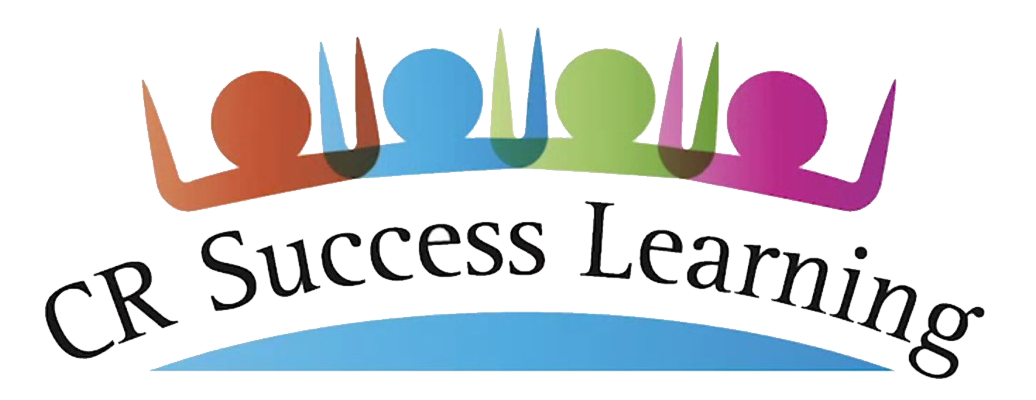We Check All the Boxes!
Nine Best Practices
(Part 1 of 3)
As more and more reading programs proclaim that they teach the Science of Reading, it is essential that the programs are truly complete, sequential, and aligned to the best practices in instructional design.
Determining the quality of instructional materials is complex!
As Eric Hirsch commented in Q&A: Evidence and Efficacy in Curriculum Adoption from Ed Reports:
“There are many studies showing that high-quality instructional materials, when implemented well and paired with curriculum-based professional learning, help to drive improvements in student outcomes. But there are very few independent, rigorous studies of the effectiveness of any single program. “Gold standard” studies are expensive and take years to complete, and it’s a significant challenge to control for all the variables of implementing materials. Publishers often conduct or sponsor their own studies, but those aren’t independent by definition. And, even if you’re lucky enough to find more than one independent study of a program’s effectiveness, they may report contrasting findings.”
CR Success, launched in 1998, has been a pioneer in the Science of Reading before this method became en vogue. Let us show you how we check all the boxes for an effective and engaging reading program that is research-based with proven results.
This is part one of our three-part blog series where we will discuss nine best practices for science-based reading programs. This post introduces these three best practices:
Best Practice #1: Student-Led
Best Practice #2: Systematic and Sequential
Best Practice #3: Research-based
Let the Student Do the Work!
Effective instruction focuses on the student’s response. Activities should be highly active with numerous opportunities to respond (OTRs). There should be multiple occasions for purposeful review and practice.
What We Do: We limit “teacher-talk” and focus on the student’s processing.
Watch as a third-grade student demonstrates his processing by dividing a word into syllables.
Skill by skill, learning is sequential
Explicit instruction requires a comprehensive scope and sequence, based both on research and on the developmental hierarchies of learning.
What We Do: Our instruction in every aspect keeps the big picture in mind, while breaking down skills into manageable steps. The competencies we develop in the five different levels are cumulative and build upon each other, from lesson to lesson and from level to level.
CR Success develops a systematic and sequential for all the essential components of literacy. Shown here is the Phonics Literacy Map across our programs.
Use the Science!
The Science of Reading is not one program or set of programs; instead, it is the body of evidence from research that informs assessment and instruction. It shows that both language comprehension and word recognition are necessary for students to become strong readers. It emphasizes explicit, systematic instruction in the structure of the English language.
What We Do: We are constantly refining instruction, using current and confirmed research.
Refer to our Position Paper to see how each aspect of literacy is backed by research.
Wrapping Up: Check yourself
✅ Does your current reading program empower students to take the lead in their learning journey? How effectively does it support student-led activities?
✅ Does your reading program methodically build on previous lessons in a systematic and sequential manner to enhance learning outcomes? How does it ensure each step builds logically on the last?
✅ Is your reading program grounded in research-based practices? How do you integrate current scientific findings to ensure effective learning outcomes?





